#Spinning
A dynasty of innovators across 190 years

Georg Philipp Heberlein’s family company is a world leader today
Today Heberlein's core competence is the development and production of highly-specialised key components for treatment and finishing of synthetic yarns – especially filaments. The company story over the years is a showcase of unique innovations.
Fantastic elastic
The initial concept involved twisting and heating man-made fibre threads at high speeds of 500,000 twists per minutes in a process known as false-twisting. This caused the fibres to be deformed and set, before being untwisted in the opposite direction. The resulting end-products retained their shape, were easy to care for, and – most importantly – had superb elastic characteristics.
This process of crimping the yarn – known as texturisation – was patented in 1931. The new yarn type was first made from viscose filaments. The brand name Helanca was chosen by combining ‘He’ from Heberlein and ‘Lana’ for wool.
Helanca's major commercial breakthrough came in the early 1950s, when Heberlein was able to develop and patent special spindles to process polyamide (nylon) filaments. Improving the twisting head made it possible to increase the number of twists so that large-scale industrial production started to gain momentum.
By the early 1960s, Heberlein was producing around the clock. Every day, thread output length was equivalent to twice the distance from earth to the moon! Annual production reached 2.5 million kilos of Helanca yarn. As demand soared, Heberlein responded by authorising more than 100 licensees worldwide, in what was now a highly lucrative business.
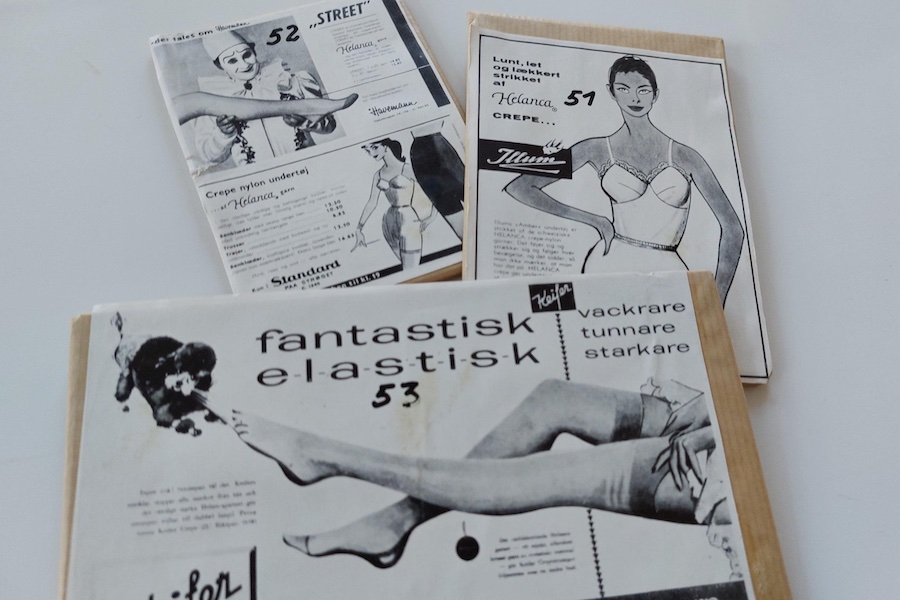
Mechanical initiative
Helanca's success was based on sophisticated mechanical processing. However, the earliest machines had to be developed from scratch. The first system, with horizontally mounted false-twist spindles, was built in the company's own workshop and put into operation in 1953.
These development activities saw the creation of a new branch of the company, devoted to mechanical engineering. Around 1960, the former repair and maintenance department became Heberlein Maschinenfabrik. Soon it had a comprehensive production programme, known worldwide, and became the fastest-growing Heberlein division.
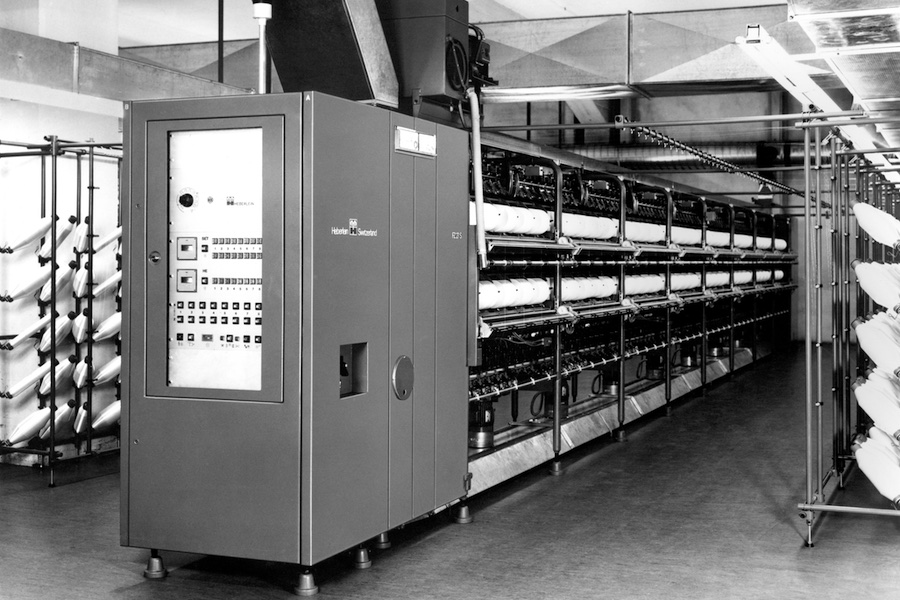
Air currents
From its position of strong growth, Heberlein Maschinenfabrik was later severely affected by restructuring in the ever-weakening European textile industry. After 1978, Heberlein no longer built complete machines, but instead focused on subcomponents.
This decision, concentrating on innovating technology components, brought Heberlein new success. The product strategy targeted the air-jet texturing process, which was again trending at that time. With air-jet texturing, spindles, machine spare parts, and air interlacing jets, the company remained in business.
More diversification
During the economic boom, Heberlein became active in various new areas, driven by expansion and diversification. In 1997, Heberlein Fasertechnologie AG was founded and once again concentrated on a core area. Eight years later, Heberlein Ceramics was founded, where valuable knowledge for today's Heberlein jets was accumulated.
With takeovers and changes of ownership, the Heberlein story stays significant in the 21st century. An investment foundation took over the company in 2023, ensuring its long-term success. Since then, the company has been known as Heberlein Technology AG.
Colourful and organised
The beginnings of Heberlein Technology AG go back 190 years to 1835. Georg Philipp Heberlein opened a yarn dyeing business in Wattwil (Toggenburg, Switzerland). Five further generations carried on the family tradition, adding textile finishing and printing as new activities.
In these factories, everyone, including the owners, lent a hand. And gradually they evolved into industrial operations. Employment increased, alongside the switch to machine production. In 1904 the company owner was found he had to take on more organisational tasks – so an office was set up for the first time!
Innovative and agileHeberlein's ability to adapt to external conditions helped the company through the various crises and wars of the 20th century. The group was flourishing, with yarn mercerisation, fabric finishing, textile printing, synthetic fibres, mechanical engineering and licensing businesses. Even still as a family operation, Heberlein has ranked among the 20 largest Swiss industrial companies at times.
Innovative strength means the company can keep on bringing new products on to the market, to meet the needs of a broadening customer base. The range includes: Transparent (sheer fabrics for blouses and summer dresses), Hecolan (wool-like properties for cotton), Hetex (lace and embroidery fabrics for evening dresses and curtains), and Helanca, among others.
Heberlein continues to innovate and inspire, with unique yarn properties that not only look and feel great – but also deliver improved process efficiency and profitability.



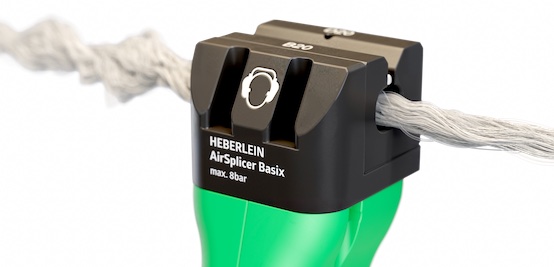
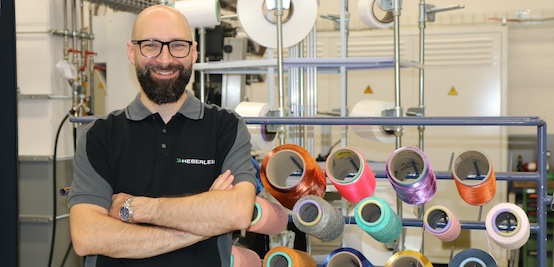

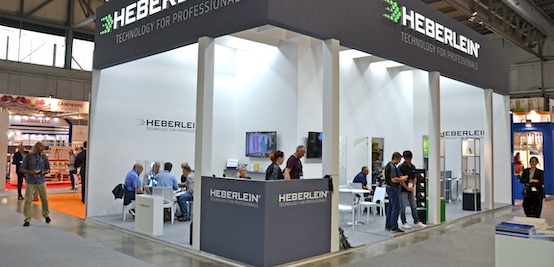
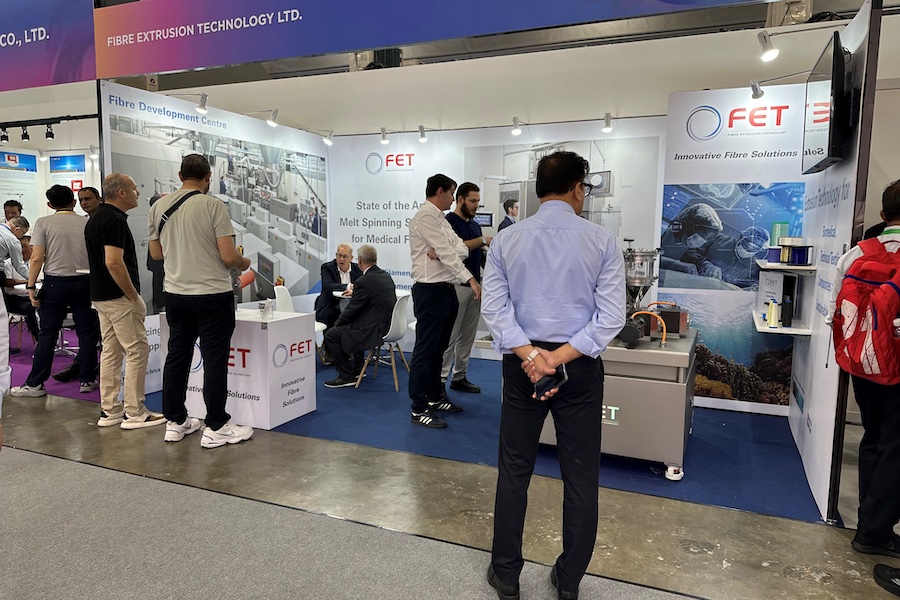
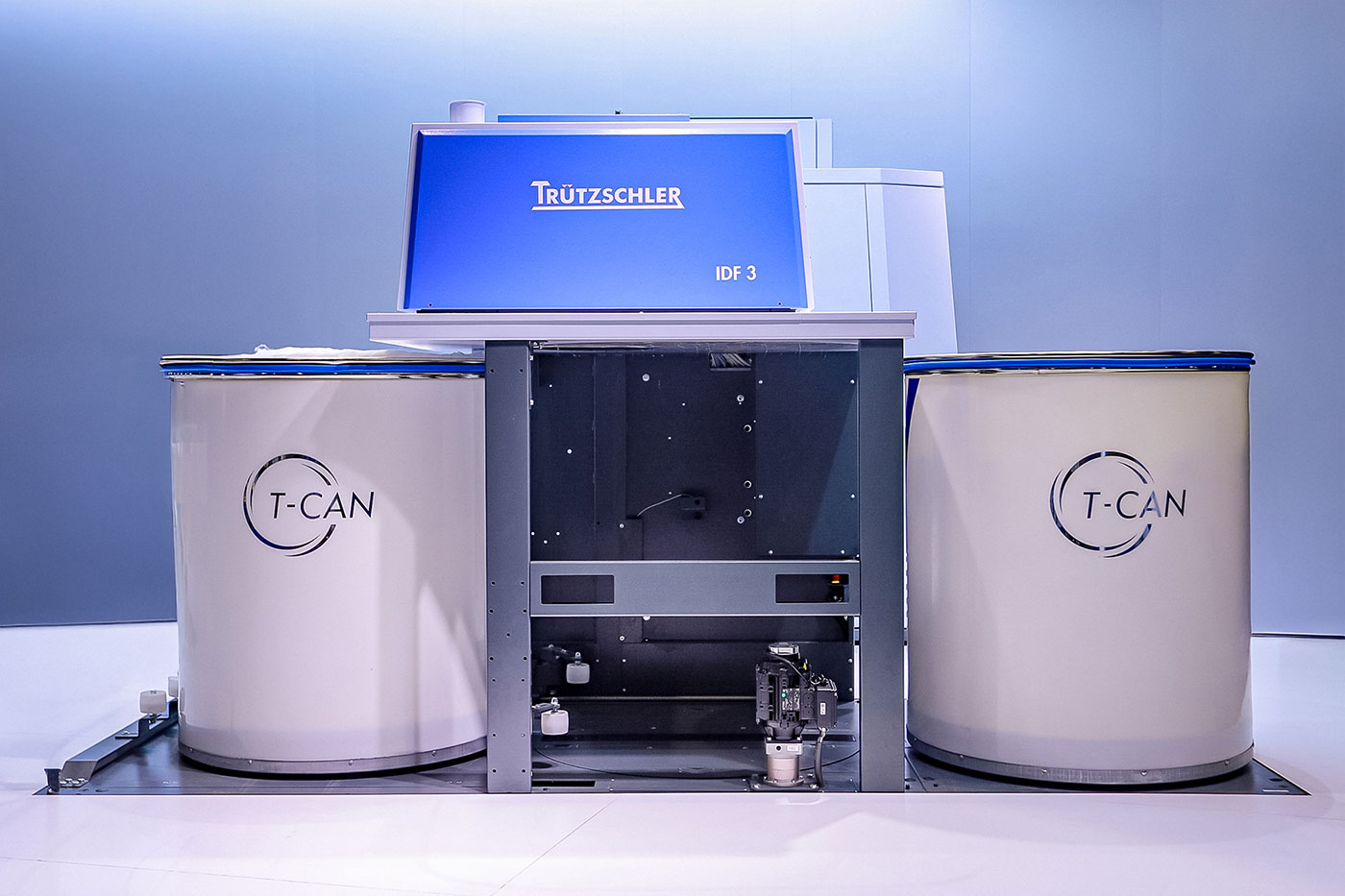


canva-900-1.jpg)




